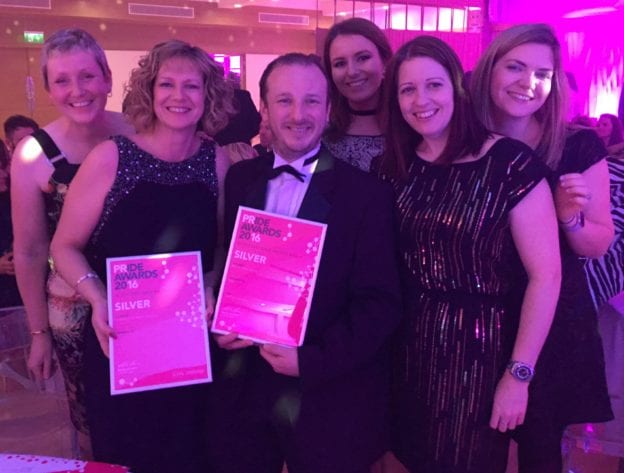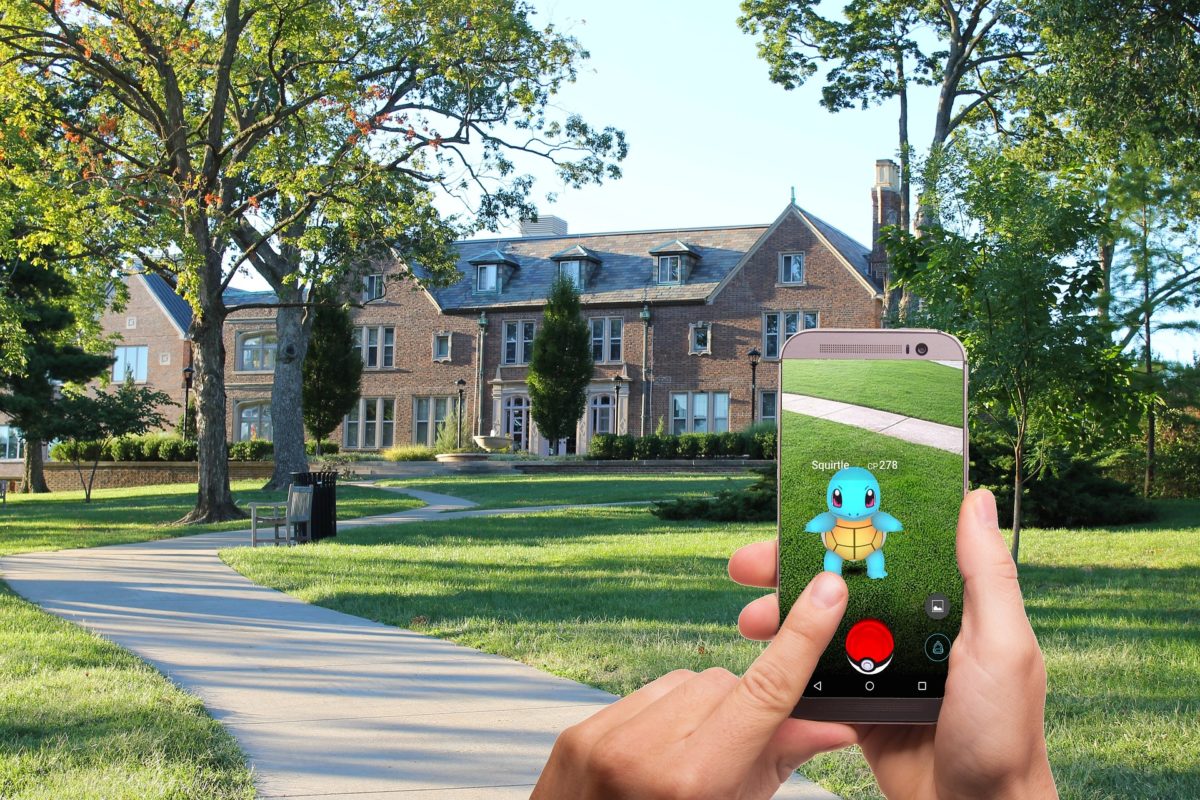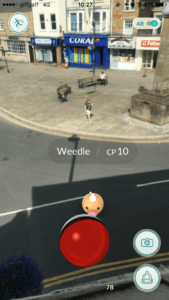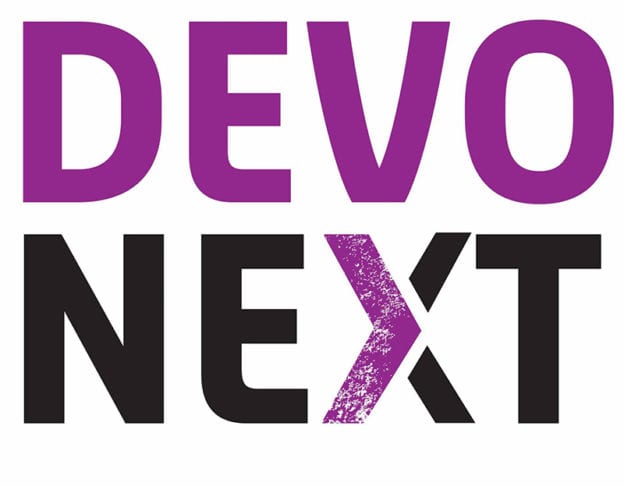Twitter launches customer service bots in direct messages.
There are many brands and accounts on Twitter that pride themselves in great customer service on the social network. This is usually because they invest time and money in staff and equipment that can enable them to provide such a service; examples of this include KLM and train networks.
Now, in theory at least, it will be easier for smaller companies to provide a similar level of service as those larger brands with Twitter’s new tool.
So, how does it work?
As a twitter user, you can set up an automated welcome message that greets the customer before they’ve even started typing. The customer can then select different categories of queries that have automated responses; or request to speak directly to an agent.

Think automated telephone systems without the painful dictation (“AGENT…” “Putting you through to…payments”) or dreadful hold music.
Sounds good, so what’s the catch?
Aha – you did ask. You need to open your DMs to everybody (not just mutual follower/followees), which means if you are a brand likely to get bombarded with irrelevant messages, tread carefully and ask the following questions:
- Does the level of genuine queries warrant a system like this?
- Do I get a lot of the same queries that have the same answer?
- Would a system like this contribute to my overall customer service level?
So should my organisation sign up?
If the answer to any of the questions above is yes, then exploring this tool further is worth it. We would still recommend a third party customer service system like Sprout Social or Hootsuite, in addition to this to help you filter through the noise and answer questions as efficiently as possible.
It is also worth keeping in mind that Twitter isn’t revolutionising social customer service automation as Facebook launched a very similar tool for their Messenger app earlier this year. At least this way customers and brands that lean towards either Facebook or Twitter have a level playing field in which to implement good customer service.
Ultimately its good to see Twitter recognising this growing area and trying to do something for help, but more fundamentally there are still too many people and brands using social media without defining why they are there or thinking about how they’re going to measure success.
Don’t forget the big picture
My advice is to sit down and challenge yourself or your organisation’s presence on social and get all existentialist and ask the big questions.
- Why am I here?
- What am I trying to achieve?
- How am I going to measure success?
Thanks for reading
Jess










 w craze on the loose. You may have observed groups of people walking around your town talking about ‘gyms’ and ‘Pokestops’ and teams. They’ll all be looking at their phones. Or you may have seen videos of stampedes of crowds in New York running into a dark Central Park as they seek a rare ‘monster’.
w craze on the loose. You may have observed groups of people walking around your town talking about ‘gyms’ and ‘Pokestops’ and teams. They’ll all be looking at their phones. Or you may have seen videos of stampedes of crowds in New York running into a dark Central Park as they seek a rare ‘monster’.




